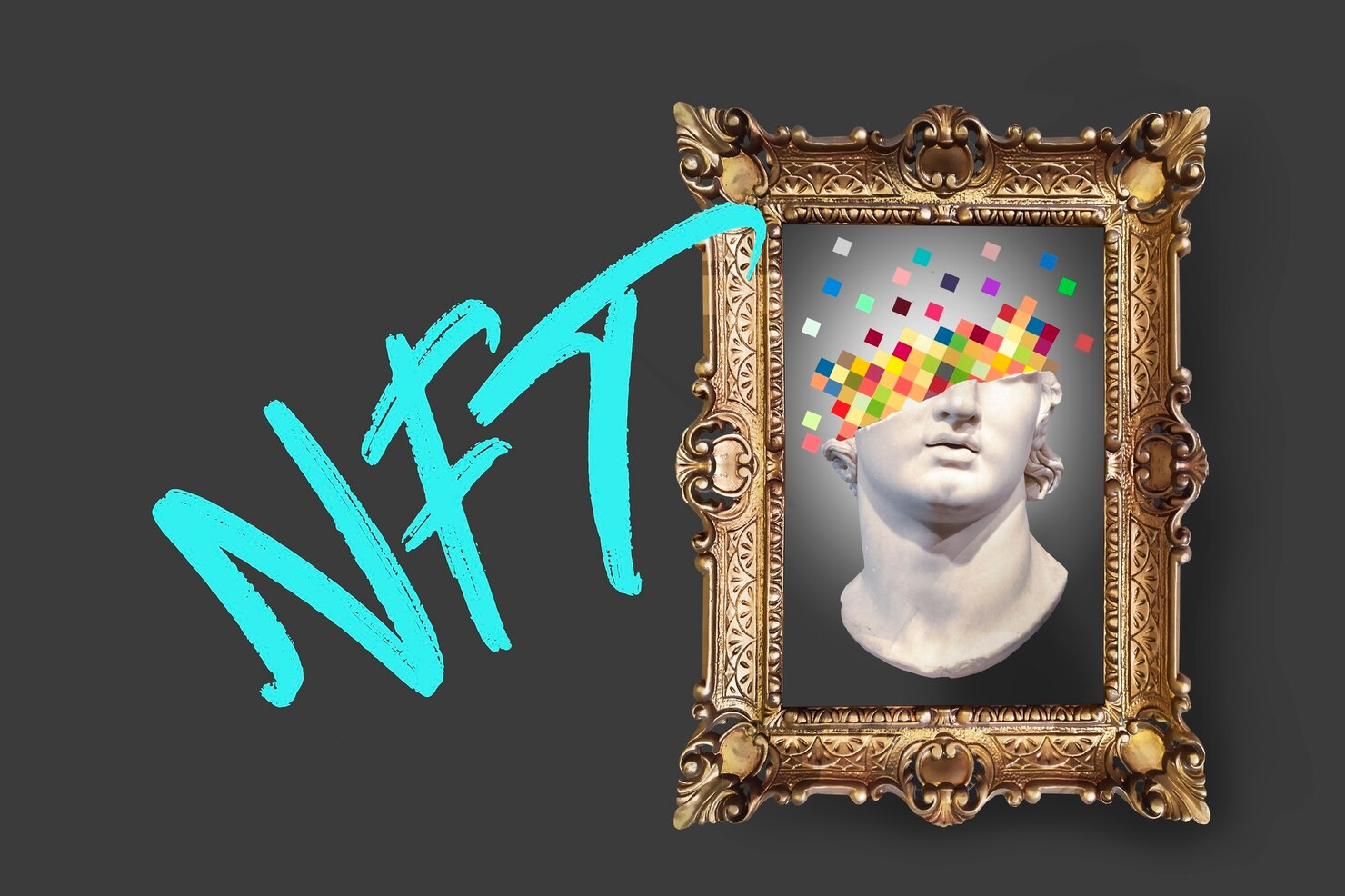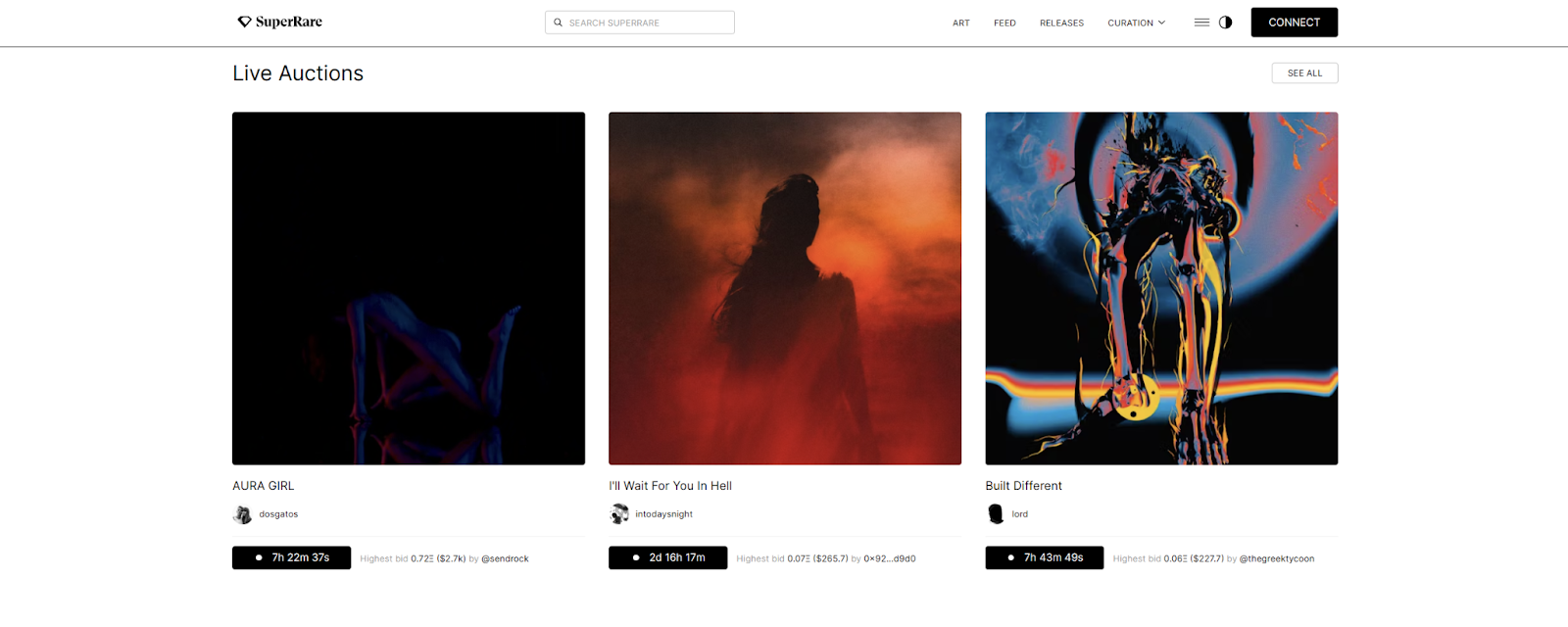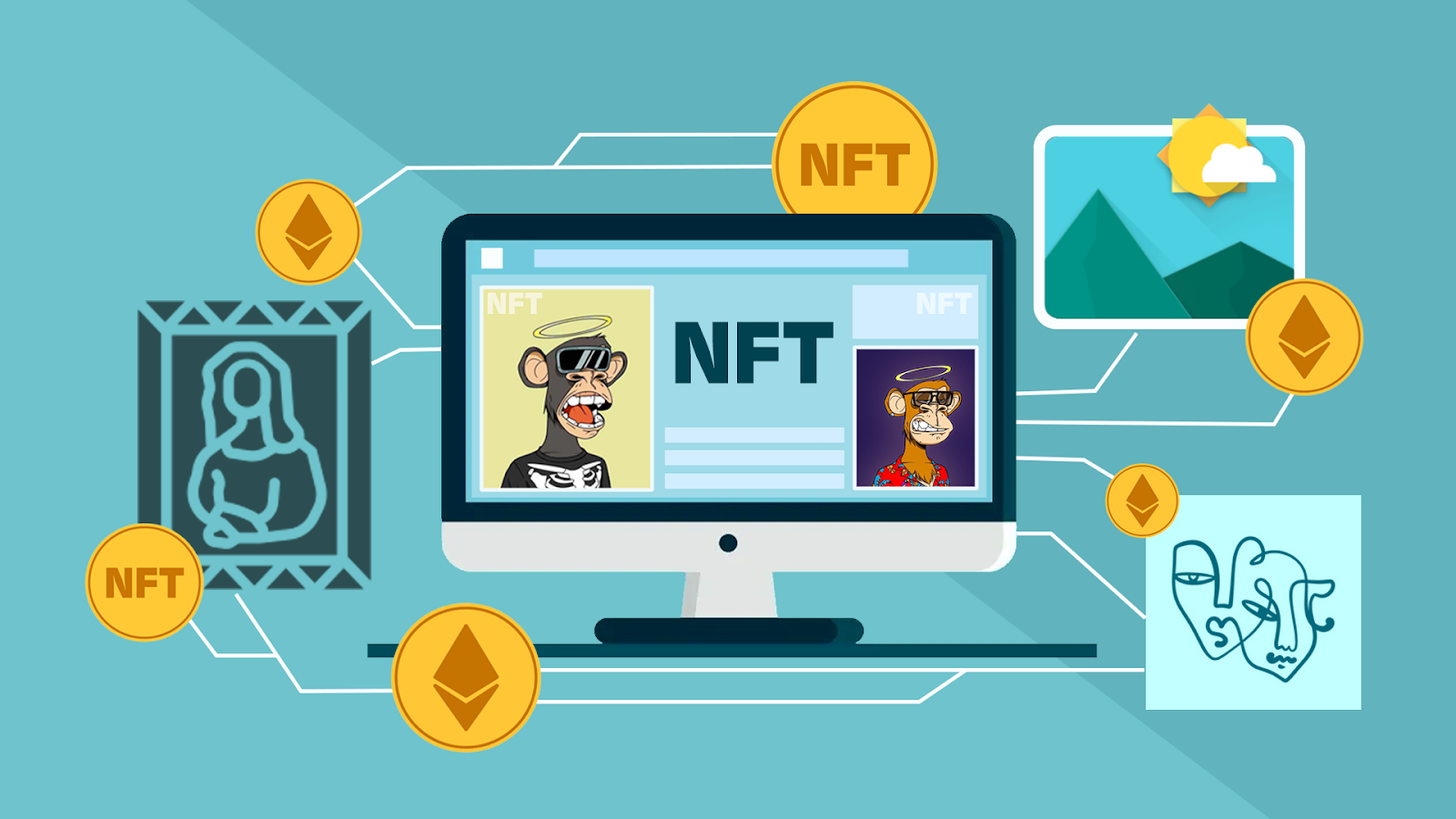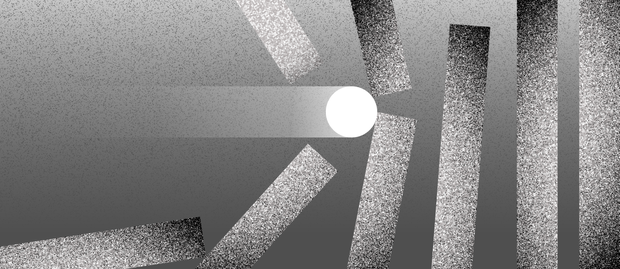
Why More and More Gallery Founders Are Converting Artists' Works to NFT
The art world has adapted and evolved throughout history, and in 2024, galleries are once again looking for new ways to promote artworks among collectors, for example, the Ullens Center for Contemporary Art (UCCA) in Beijing launched a pilot program in March 2021 to fractionalize ownership of artworks by Chinese artists through NFTs. This process allowed a more comprehensive range of collectors to participate in the ownership of valuable pieces while providing the gallery and artists with new revenue streams. While the art galleries’ NFT boom may have subsided, established galleries still consider incorporating non-fungible tokens into their business operations.
However, nowadays, it isn't about a revolutionary upheaval but rather innovative ways to engage audiences, particularly those comfortable navigating the digital art market. So, let's explore what specifically motivates savvy founders to turn artworks into NFTs, what these tokens have to offer, and how they affect the ever-changing art landscape.

Challenges Gallery Founders Face When Dealing With Artworks
Running a successful art gallery requires a keen eye for talent, a deep understanding of the market, and the ability to quickly find new features or technologies to offer. Nonetheless, in 2024, gallery founders still face a very familiar set of hindrances. Let's take a closer look at some of the most pressing issues.
Shifting Tastes and Demographics
The traditional art collector base is getting older, so galleries need to attract younger, more digitally savvy audiences. This may involve embracing new artistic mediums, exploring online exhibition platforms, and creating a more interactive gallery experience. The definition of ‘art’ is also changing, which requires galleries to identify and support new artists, styles, and technologies.
Impact of the Digital Evolution
Online marketplaces and auction platforms offer a wider reach and lower barriers to entry for collectors but also create fierce competition for gallery sales. As a result, galleries have to re-evaluate their traditional models and find ways to embrace this virtual market as well.

Logistics and Finance
Converting artworks to NFTs creates logistical and financial limitations for galleries, such as technical expertise or security concerns regarding blockchain technology. However, NFTs can also reduce storage and transportation costs, enable fractional ownership for a wider audience, and generate royalties through smart contracts.
Marketing and Audience Engagement
In a competitive art market, it's important for galleries to have effective marketing strategies to attract new artists, collectors, and visitors. This requires effective use of media channels, public relations and partnerships, and modern technologies. Galleries also need to pay special attention to building a loyal following and a sense of community among their audience. Otherwise, they won't be able to predict how much revenue or coverage they can expect from their supporters.
What NFTs Have to Offer
NFTs are changing the art collecting scene in 2024 by offering new features that were previously unimaginable. Unlike traditional physical pieces, which are susceptible to forgery and limited by physical location, NFTs use blockchain technology to create a secure and transparent digital record of ownership. This eliminates concerns about forgeries and provides a detailed history of the artwork's journey, from creation to its current ownership.
Furthermore, NFTs enable a single artwork to be digitized and divided into numerous tradable units, which can be sold for a smaller price without selling the original. Additionally, smart contracts embedded in them automate the buying and selling of NFTs for art galleries and collectors.
Last but not least, NFTs can also be programmed with features beyond just ownership. For example, an NFT could grant access to exclusive content like behind-the-scenes creation videos, artist talks, or even physical merchandise related to the artwork. Tokens can even be embedded with shares, which opens galleries to crowdfunding.
How NFT Conversion Benefits Gallery Founders
Expands Outreach & Audience
NFTs transcend geographical limitations. Galleries can leverage NFT platforms to showcase their artists' work to a global audience of collectors, significantly expanding their reach and potential client base. Engaging younger collectors is another specialty of NFTs. It allows the digital art market to attract the demographic it doesn't reach very well.

Enhances Revenue Streams
On one hand, NFTs allow galleries to tap into a wider pool of collectors who might not be able to afford the physical piece. On the other hand, by embedding smart contracts within NFTs, galleries can earn royalties on every subsequent resale of the artwork. As a result, they establish a long-term revenue stream beyond the initial sale.
Increases Transparency & Security
- Provenance: Blockchains, core to the NFT concept, provide a secure and transparent way to track the ownership and authenticity of artworks. They eliminate concerns about forgeries and protect both artists and collectors.
- Management: Blockchain technology also simplifies artwork management and eliminates the need for physical certificates. Using them, galleries can streamline various aspects of their business and reduce administrative burdens.
Fosters Community and Engagement
NFT platforms can facilitate direct communication between artists and collectors, fostering a stronger sense of community and engagement. They also serve as hubs for collectors, enabling them to not only purchase artworks but also become real patrons. Through ongoing subscriptions or by promoting NFT releases, collectors can actively support artists.
In Summary
While the traditional art market holds its inherent value, NFTs provide a streamlined and potentially more cost-effective way to manage artwork. Blockchain technology eliminates the need for physical certificates of authenticity, thereby simplifying artwork management for galleries and reducing administrative burdens. As the technology behind NFTs continues to develop and the market matures, these features have the potential to reshape the future of art collecting, offering a secure, transparent, and engaging experience for both artists and collectors.
Related articles





